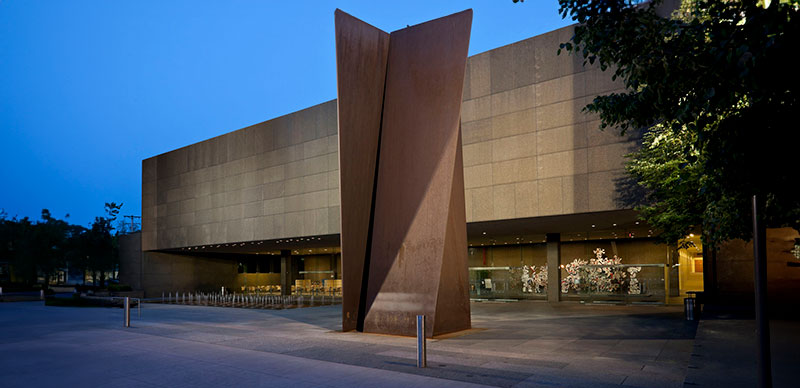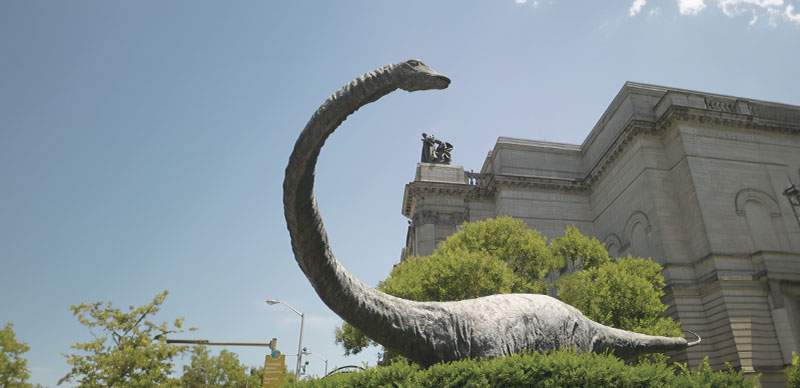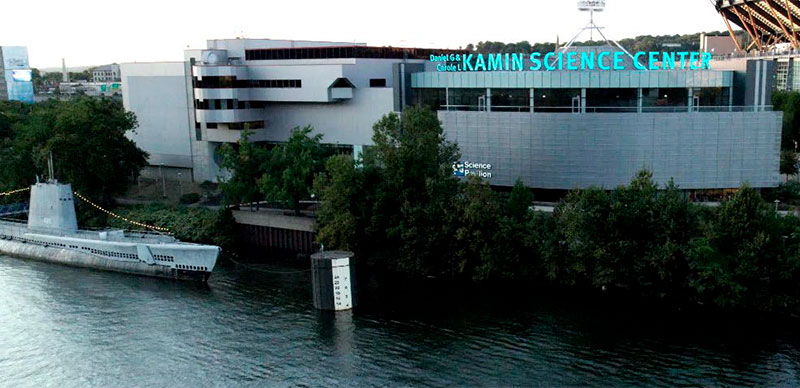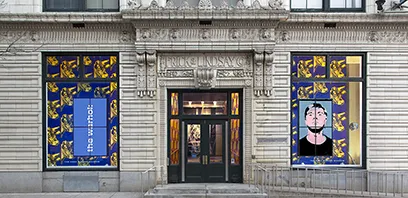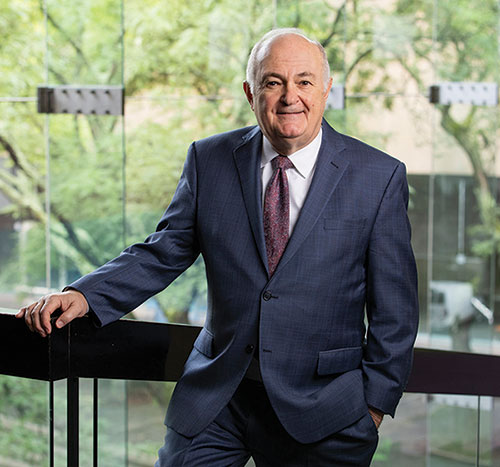 Photo: Joshua Franzos
Photo: Joshua FranzosThe work of our four museums has never mattered more. To enhance still further the power of our museums to inform, inspire, and promote personal and societal growth, we recently completed our Vision for Impact, a document naming three core objectives for Carnegie Museums as a whole: (1) to ensure that we are an employer of choice (“Engage, Nurture, and Diversify Our Team”); (2) to find new ways of strengthening our programs and securing their future (“Fuel Museum Innovation and Sustainability”); and (3) to build on the initiatives through which we are already turning our museums “inside out” (“Co-Create a Thriving Pittsburgh for All”).
We are now developing concrete goals under each of these overarching objectives, and I look forward to updating you in future issues on our progress toward converting our vision into a genuine road map for the future. For now, however, I would like to zero-in on the third objective—in particular, on the word “co-create,” with an emphasis on the prefix “co.”
To enhance still further the power of our museums to inform, inspire, and promote personal and societal growth, we recently completed our Vision for Impact.
In previous letters, I described some of the ways we are already working to co-create a thriving Pittsburgh: the Museum of Art’s Inside Out concert series, which has provided an important platform for local musicians and dance groups; Carnegie Science Center’s gathering of ideas from local students about how to design what is now the museum’s spectacular exhibition Mars: The Next Giant Leap; and The Andy Warhol Museum’s launch of The Pop District, which is engaging multiple constituents in transforming a six-block area of the museum’s North Shore neighborhood and, in the process, creating career opportunities for local youth.
The scope of co-creation, however, goes beyond the boundaries of Pittsburgh itself. Museums around the world these days are engaged in many kinds of “co-creation” that extend beyond engagement with their local communities, and you’ll encounter an excellent example in these pages. Through May 29, Carnegie Museum of Natural History will feature Apsáalooke Women and Warriors, an exhibition co-created by the curators of the Field Museum in Chicago and a member of the Apsáalooke Nation, also known as the Crow people, many of whom currently live on the Crow Indian Reservation in southern Montana.
When the exhibition opened in early February, we were honored by a visit from nine members of the Crow people who participated in the project, including curator Nina Sanders. Sanders eloquently explained the ways in which every object, large or small, has a spiritual meaning and a deep connection to a shared story that is grounded in generations of memory and yet is still unfolding.
Carnegie Museum of Natural History has one of the world’s largest collections of objects from Indigenous communities in North, Central, and South America. Bringing this beautiful and inspiring exhibition to Pittsburgh is part of a larger process in which the museum is rethinking its stewardship of these irreplaceable treasures, including the question of how best to interpret them in the complicated context of European colonization. Our commitment to co-creation means that the perspectives of Indigenous people themselves will play a key role in that difficult, fascinating, and—as you will see—inspiring process.
Steven Knapp
President and Chief Executive Officer
Carnegie Museums of Pittsburgh
